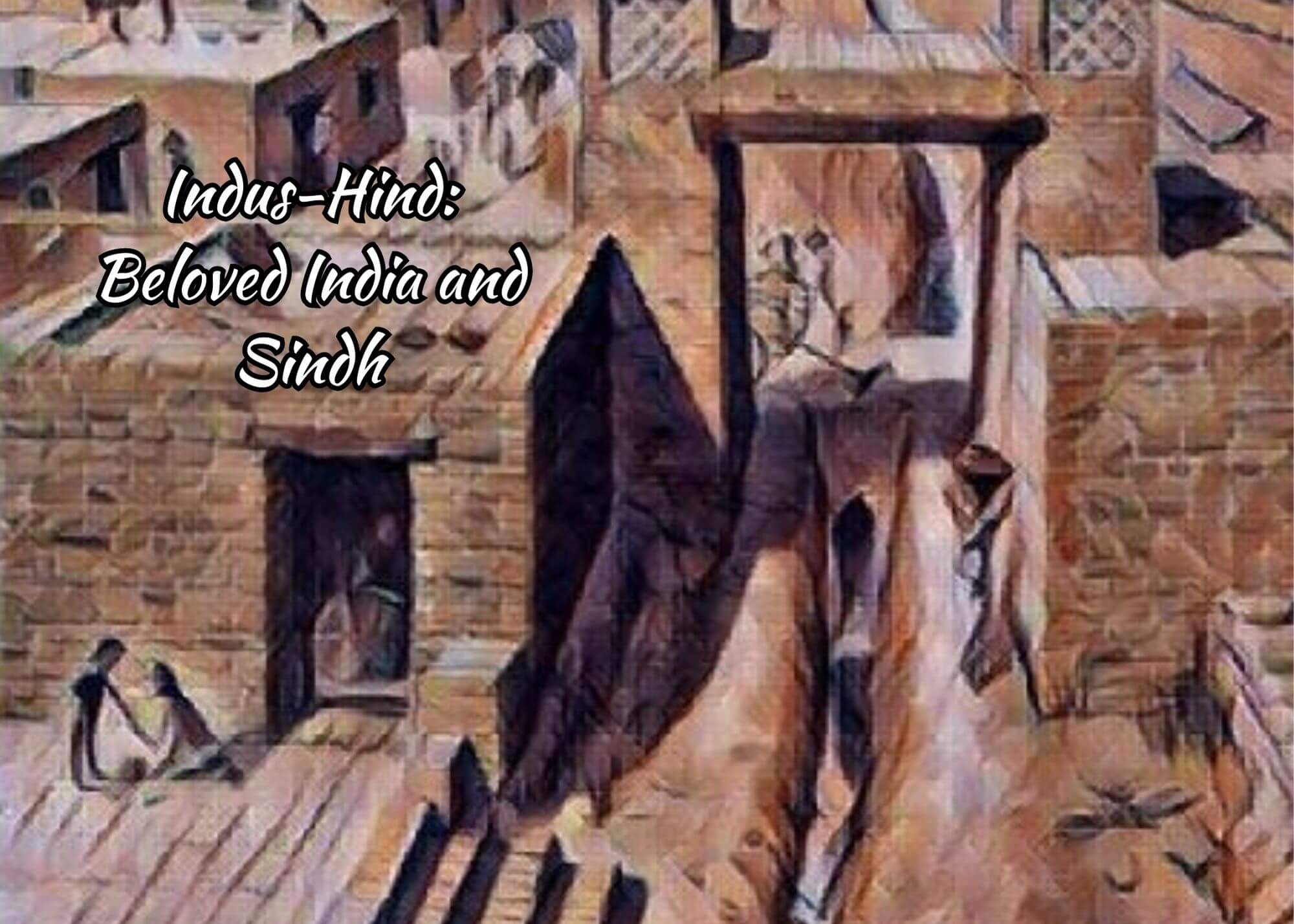In this intense narrative poem, Kalpana talks about India and Sindh, displaying ancient power, enduring magnificence, and resilience in their civilisations – exclusively for Different Truths.
With the first light of primordial dawn, she arose from the depths of slumber, to sow the seed of life and invite the world, come to the feast, to her wondrous land. Her harvest, a spectacle, was a cosmic delight. She winnowed the chaffs and crushed the grains upon metamorphic rocks, kneaded dough — within the basin crusts of her glistening rivers. She baked the bread fragrant, upon the fire of erupting volcanoes, served her children meals on the tectonic plates of the drifting continents and went into labour, marching in the mud, birthing the civilisation of Sindh, that you called it Indus and Hind, Harappa, and Mohenjo-Daro, Dholavira and Rakhigarhi, Mehrgarh and Ganweriwala. She thrust the mighty Himalayas to the height of the sky, tinted her forests green, and painted flowers and fruits on the scene. She sculpted oceans, carved reservoirs of sweet water and set free her rivers, serene. She spread her tresses, glistening with gold, and created the desert of Thar. She dried the linens of eras, wet and cold on the linings of her memories, unfurled divine clouds across the azure skies. She carried silk, spices and salt from her shores on her voyages to distant lands and returned home with shells, pearls, cotton and horses. She beckoned gods from celestial realms to bless her fertile plains. And her valleys echoed with the sacred hymns of the Vedas, chanted by saints, seers and sages, upon her holy riverbanks. No earthly laws ruled her domain; her children followed nature's course and worshipped the divine in all that existed. She forged her nation with glory and pride. She was a goddess and a mother, a queen, and a protector. The one you call Indus and Hind is beloved India and Sindh, the genesis of a grand civilisation, resilient and prosperous, luminous and sacred.
Picture design by Anumita Roy





 By
By

 By
By
 By
By